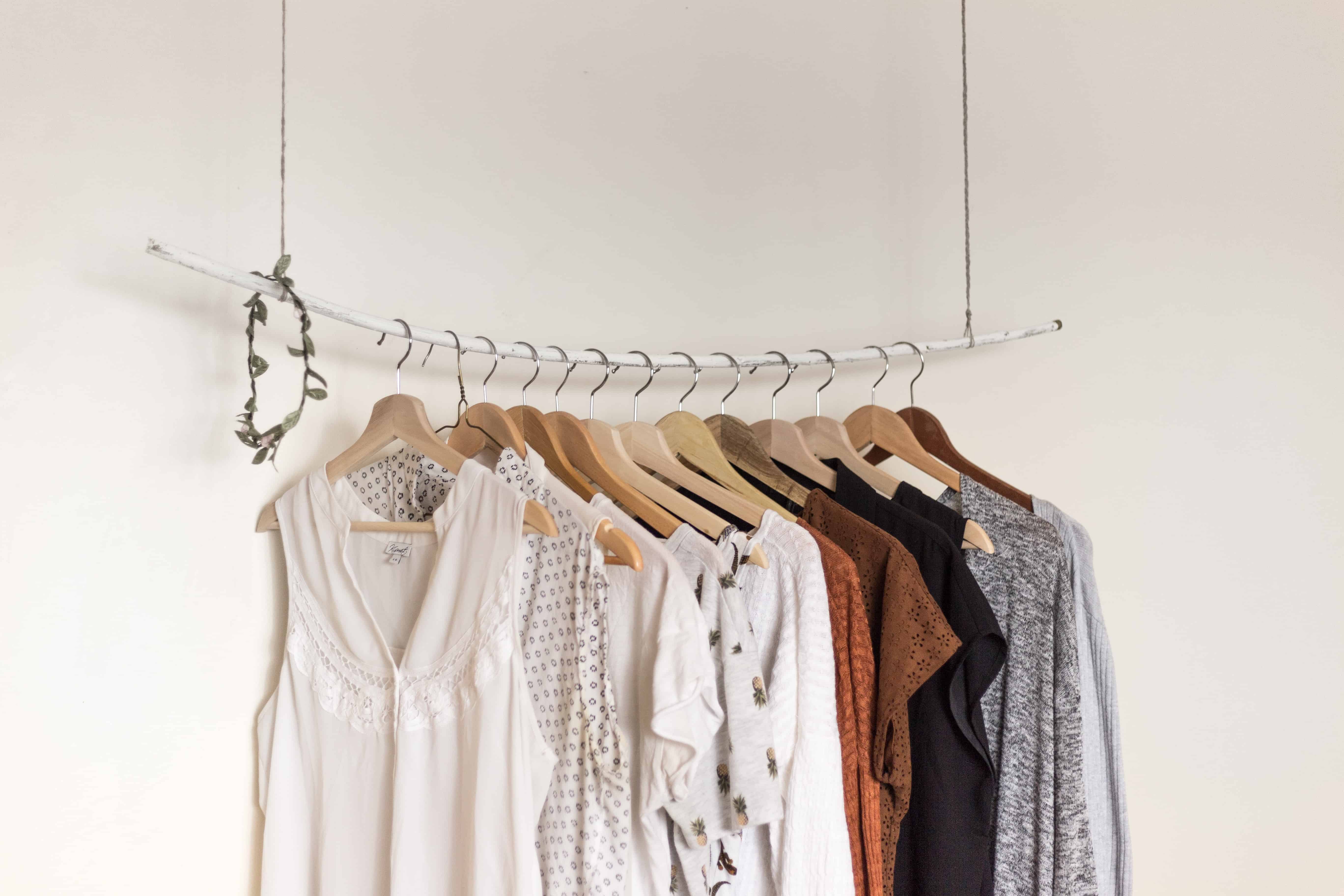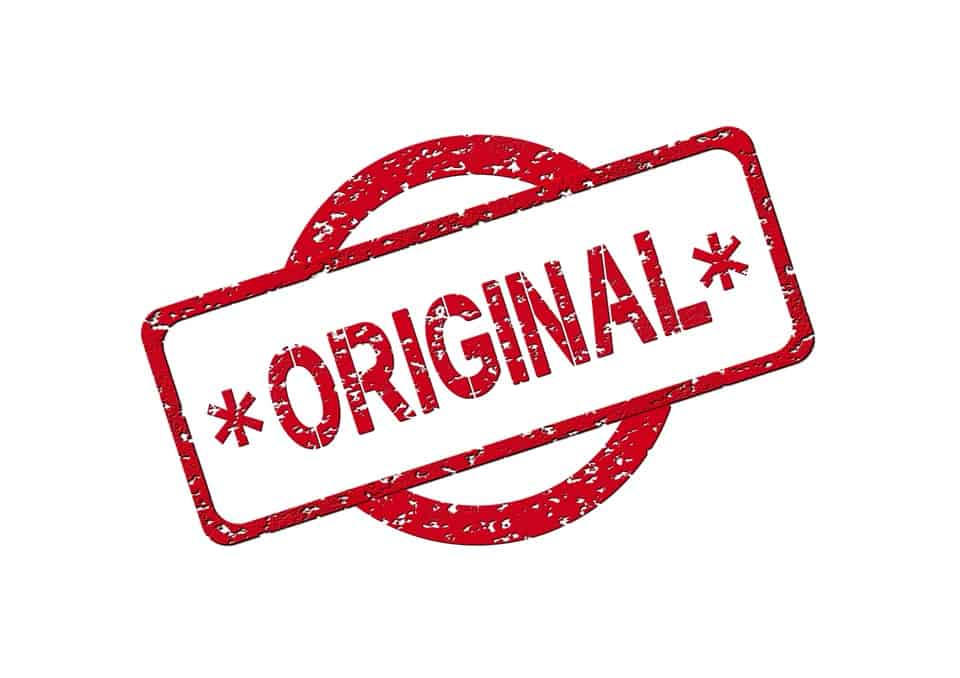Table of Contents
Is Rayon Stretchy? All the Basics You Need to Know About this Wonder Fabric
Rayon is an extremely breathable manmade fiber made from naturally occurring materials and is known as the first manufactured fiber.
*This post may contain affiliate links. As an Amazon Associate we earn from qualifying purchases.
This wonderfully universal material is known by many and used for a slew of hundreds of different manufactured items.
This fabric is technically manmade; it is not considered synthetic because the fabric is regenerated from plant materials. Thus, most rayon fabrics are extremely stretchy, especially when they get wet. Rayon is absorbent, stretchy and dyes well. It has a tendency to shrink or stretch if not handled properly so it is suggested to only dry-clean rayon for the most part.
Regular rayon is very stretchy. It can be produced in such a way that it is not as stretchy. High-tenacity rayon fabrics are more than double as strong as standard regular rayon, and they have two-thirds of the stretch. Medium-tenacity is also stretchy and it is less than that of the regular rayon.
So, it all just depends on the type of rayon that you are going to be wearing!
Let’s Talk a Little More About Rayon

Image Source : unsplash
Rayon is a structure made from cellulose and commonly derived from wood pulp, and more recently also bamboo. They are neither a truly synthetic fiber or natural fiber, meaning that they don’t come from petroleum and their fibers aren’t produced directly from plants and animals.
Even though rayon is made from wood pulp (a pretty inexpensive renewable resource) the processing still requires the use of both a high amount of energy and water. Thus, this manufacturing process has increasingly contributed over the years to water and air pollution.
Dating back as early as 1664 when an English naturalist Robert Hook believed that artificial materials might be able to be spun from a substance similar to that of as how a silkworm produces silk. Until 1855 scientists from around the world tried to make this happen. No one was successful until a Frenchmen named George Audemars.
The first actual synthetic fiber wasn’t created until Hilaire de Berniguad spent 29 years researching and working extremely hard. His work was patented in 1884 and the manufacturing of Chardonnay silk wasn’t until the year 1889.
So, as you can see, this multi-faceted fiber has been around for quite some time now. Slowly changing the game one manufactured item at a time.
What is Rayon Actually Made of?

Image Source : pixabay
The properties and characteristics of rayon are more similar to that of cellulosic fibers similar to the like of hemp, cotton, flax (linen) and jute. I would say rayon falls better into the above category that that of thermoplastic, petroleum-based fibers such as polyester and nylon.
All three of the fibers are referred to as regenerated cellulosic fibers because of the combination of the natural raw cellulosic material with the chemical manufacturing process that breaks down the cellulose so that it can be regenerated into a fiber from the original pulp. The semi-synthetic fabric is produced when cellulose, a plant-based fiber is treated with alkali and carbon disulfide.
Rayon is proved to be more moisture absorbent than cotton because instead of wicking moisture away, the rayon is able to absorb it better helping to further cool a hot body. This makes it a great clothing option for individuals who live in hot climates or are prone to sweating and getting overheated at night.
This fabric is also fabulous for fabric imitations, as it is used to create beautifully fashionable silk, linen and wool look-a-like products. The luxurious feel and texture of these materials are so closely mimicked that most people can’t even tell the difference!
Be careful when laundering these items because they can easily bleed, shrink and loose it’s nice feeling crispiness. It is suggested to dry-clean these items or wash them carefully in the washer on cold and leaving them to air-dry. If accidentally washed, untreated regular rayon can shrink as much as 10 percent.
Words of Caution: Also, always remember to wash and hang dry your clothing articles so that they can stay looking (and feeling) their best. As well, it is suggested to avoid blends, because the quality of the material can be lost in the blending process. The material will no longer have the same cooling comforting effect. And stay away from all “wrinkle resistant” and “wrinkle free” materials because it has most likely been treated with harsh chemicals (usually per fluorinated chemicals), and that’s not really something you are going to want up and close to your body all day.
What are the Different Types of Rayon?

Image Source : unsplash
There is a total of 4 different modifications of rayon that can be seen on the market and are sold today.
Regular Rayon: Which is also referred to as viscose rayon, has the largest market share. This is typically found in home furnishings and apparel worldwide and can become unstable when wet or if washed in a regular washing machine.
HWM (High Wet Modulus Rayon): This is also called Modal rayon and has virtually the same properties as regular rayon, except that it also has a high wet strength. HWM can be machine washed (unlike the above) and needs to be tumble tried delicately.
High Tenacity Rayon: This is mainly used in industrial settings such as being in manufactured into car tires and cords. High-tenacity means that the rayon has been modified to provide exceptional strength that of both of the above alternatives. The specific type of rayon may be chemically coated, finished, or rubberized for extra protection from moisture, potential damage and harm.
Cupramonium Rayon: This type of rayon is similar to regular rayon. The manufacturing process is so extremely NOT environmentally friendly that production of this type of rayon no longer happens in the United States.
Microfibers: This is technically not a type of rayon, but instead is rather a fine fiber that can be manufactured from either regular rayon or HWM rayon. These microfibers are way less than one diameter in length and are extremely silk-like and sleek in appearance and feel.
Other types of rayon have been created and developed for specialized use. These options include disposable and non-marketed material on the market, and the different unique rayon fibers have high absorption and moisture holding properties.
Rayon Characteristics

Image Source : pixabay
The characteristics of the fabric rayon include a lustrous, bright, silky and sheen texture. It is used in hundreds of types of products from all different types of departments such as clothing (obviously), blankets, duvets, upholstery, tire cords, window treatments, diapers, towels and even feminine hygiene products.
Strength: Rayon loses a great deal of its known-for strength when it is wet, making it less durable and a lot stretchier than it already naturally is. Because of this, rayon both shrinks and stretches a lot more than cotton fabrics.
Flammability: Rayon is actually extremely flammable, and because of this the FFA enacted the Flammable Fabrics Act. This is because in 1953 there was a lot of public concern over the amount burn accident that children were getting involved with due to their rayon children cowboy chaps and sweaters catching on fire. Yikes, so be careful with your fabrics!
Chemical Reactions: Because rayon is a cellulose fiber it is easily damaged by other acids, even the relatively weak ones. The fiber itself is not usually damaged by bleaches but it needs to be treated carefully nonetheless.
As you can see one of rayon’s many strengths is its versatility and durability. This soft and reliable fabric can be found within so many items that it is honestly astonishing that one single fabric can be put into so many things. The most common way that most people find rayon already in their lives is through their jeans. Rayon jeans are guaranteed to hug and fit your body perfectly, staying tight and stretching with your many different moves in life.
Raise Eyebrows in Rayon

Image Source: Unsplash
As you can see, rayon is a very durable, stretchy and versatile fabric. It is great in your jeans and in a multitude of your other everyday household items!
Without even realizing it, I bet rayon already plays a huge role in most of the items you are using on a daily basis.
This universal fabric seems to offer its users both a luxuriously comfortable experience, while also remaining stretchy and sleek.
I hope you find rayon to be as useful as I do! From jeans to car tires, this fabric has you covered in just about every way imaginable.

